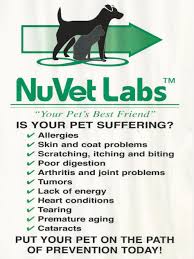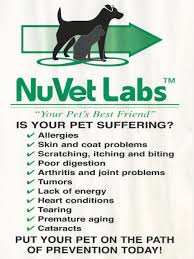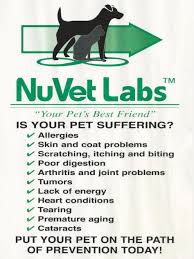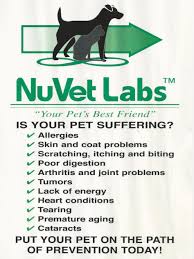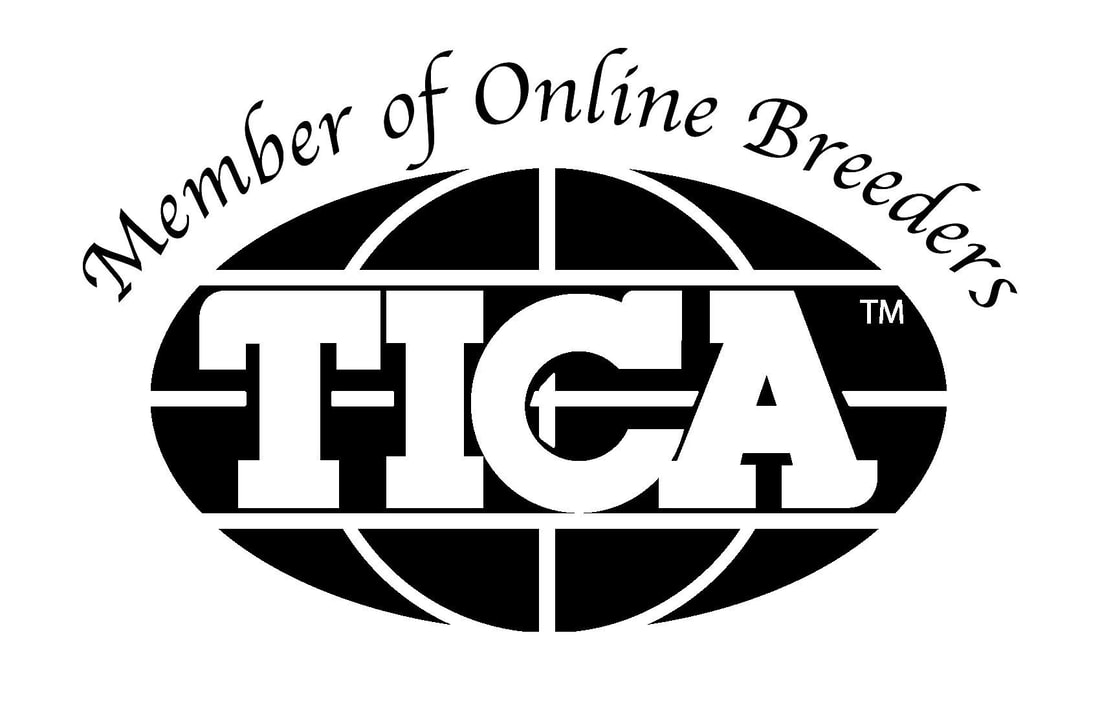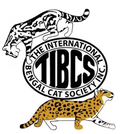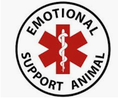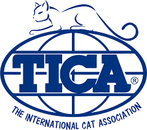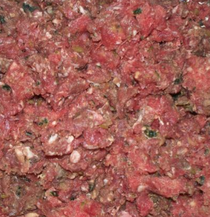 Are Raw food diets good for Bengals? Everyone knows that proper nutrition is essential to a cat's well-being. Choosing the right food can be hard, especially when we have to worry about the ingredients in commercial pet foods and pet food recalls. Some owners choose to feed their cats home-prepared diets, so they know exactly what is in the cat food. Other owners choose a Raw diet. What Is a Raw Diet for Bengals? Feeding cats a Raw diet means feeding them uncooked animal muscle meat, organ meat, and bones. This type of food is sometimes called the BARF diet, which stands for "bones and raw food" or " biologically-appropriate raw food." The ideal Raw diet is prepared based on a carefully designed recipe. Many cat owners choose to prepare these diets themselves, but commercial forms are also available. If you choose to feed your cat a raw diet, it should be one that has been determined complete and balanced. A biologically appropriate raw diet is the closest thing to what your cat’s ancestors would have eaten in the wild. By feeding your cat the way nature intended, you fuel a happy, healthy, vibrant lifestyle for years to come. Why Consider feeding a Raw diet? Bengals are obligate carnivores. In short, this means they must eat meat to survive. Cats do not actually need vegetables and carbohydrates in their diets. In fact, they can only tolerate carbohydrates in small amounts. Instead, cats thrive on high-protein, high-moisture diets rich in substances only found in meat. This includes amino acids like taurine, fatty acids, and other essential vitamins and minerals. Supporters of Raw food diets believe that cooking meat alters or decreases these vital substances. They advocate for a biologically-appropriate diet that closely mimics what a cat would eat in the wild. In general, small wild cats hunt and eat rodents and other small mammals, birds, fish, insects, and even reptiles. When it comes to feeding your own cat raw food, the idea is to create a diet that is similar. There is some controversy revolving around raw food diets for pets. Those who support raw food diets have much to say about the health benefits:
While these claims tend to ring true, the opposition has valid concerns about the safety of Raw food diets. Are Raw Food Diets Safe? It is important to know that feeding raw food to your cat comes with some risks. Raw food may contain pathogens like Salmonella and E. coli that can lead to serious life-threatening infections. Cooking food removes most of these pathogens, which is why we humans cook our food. Cats can digest raw foods better than humans, because they have shorter, more acidic digestive tracts. Many pathogens will pass through a cat without causing any issues. However, not all cats can tolerate raw food. Perhaps the greatest risk of feeding and handling raw meat comes down to cross-contamination. Feeding your cat a raw food diet can expose you and other people in your home to dangerous pathogens. Pathogens can remain on preparation surfaces, food dishes, in cat fecal matter and even on your cat (especially around the face). Raw diets should not be fed to cats living in homes with immune-compromised individuals. They should also be avoided in households with young children and/or elderly people. While it's impossible to eliminate all risk, there are some ways to try to be safer when feeding a raw food diet to your cat:
Bones are a safety concern when it comes to Raw food diets. Small whole bones or pieces of bones can cause complications such as gastrointestinal obstructions, oral injuries, and airway obstructions. If animal bones are included in your cat's Raw food diet, they should be ground up thoroughly. Complete and Balanced Raw Food Diets: One of the biggest mistakes owners make with Raw food diets is not making sure the diet is complete and balanced. Some people just feed "all meat and bones" or a wide variety of meats without actually paying attention to the calorie, fat, protein, and nutrient content. Don't assume your cat is getting everything needed for good health by simply feeding "as much meat as desired." Over time, an incomplete diet can lead to serious health problems for your cat. When developing your cat's raw diet, consult with your veterinarian about recipes that offer complete and balanced nutrition for your cat. Know that many vets will not recommend raw diets due to the risks involved. If you feel strongly about trying a raw diet and your vet is not flexible at all about raw diets, seek out a veterinarian who is experienced with raw diets. Better yet, find a veterinary nutritionist. It is essential that you find an expert to help you develop a complete and balanced diet that will truly benefit your cat. Your vet may also recommend special supplements to ensure your cat gets the nutrients needed to stay healthy. Ingredients used in a raw food diet may include the following:
You will need the following equipment to prepare the raw diet: If you choose to prepare your Raw diet yourself, you will need the items below.
Preparing a Raw diet at home can be a bit time-consuming, so most owners prefer to make enough to last several weeks and keep it frozen. If you are not able to take the time to develop recipes and prepare raw food at home, you may wish to try one of the many commercial Raw diets available. Raw diet supporters often consider commercial raw diets inferior to those prepared at home. However, they are healthier than feeding kibble. Commercial Raw diets are usually frozen or freeze-dried to minimize pathogens. Remember that safe-handling precautions should still be taken with these diets to prevent cross-contamination. Ask your veterinarian or veterinary nutritionist for help finding the right commercial diet. Make sure it is complete and balanced. Summary: Bengals need a diet composed primarily of meat. Switching to a Raw cat food can greatly improve your cat’s health by avoiding many of the problems associated with poor nutrition such as hydration imbalances, kidney disease and crystals and urinary tract infections. Cats are obligate carnivores, meaning they have nutritional requirements that can only be met with a diet based almost entirely on animal tissue. Their bodies don’t produce the enzymes required to digest carbohydrates. When you switch to a Raw Food you’ll notice:
How much Raw should be fed: The general rule of thumb for the amount to feed adult cats, either in Raw food or canned food, is to feed 2 to 4% of the cat's ideal body weight per day. For an inactive and/or older cat the 2% amount might be good and for a very active and/or younger cat, 4% might be closer to what's needed. For more Bengal Raw feeding information and resources please consider these vendors: Hare today for your Raw Diet - Hare-today.com Nu-Vet plus for supplements Nuvet.com Registered Bengals - Products Page - For other Bengal related products and resources.
0 Comments
Your comment will be posted after it is approved.
Leave a Reply. |
Registered Bengals
We raise quality TICA & CFA Registered Purebred Bengal Kittens in our home in Beautiful, Kalama, Wa. Archives
April 2020
Categories
All
Blog Titles:
|
If you are visiting our site Registeredbengals.com from a Mobile device you may have a better experience visiting our
other Page Bengaltimecattery.com. The content is exactly the same but the pages will display
in "Desktop mode" which should make for a better browsing experience.
other Page Bengaltimecattery.com. The content is exactly the same but the pages will display
in "Desktop mode" which should make for a better browsing experience.
Your positive reviews and comments on the sites above would be appreciated.
If we did not meet your expectations please contact us
and give us an opportunity to make it right.
If we did not meet your expectations please contact us
and give us an opportunity to make it right.
|
Lyubov & Andy 503-484-3033 [email protected] Registered Bengals / Bengaltime Cattery Verified / Reputable Bengal Breeders Kalama, Washington |
Site Updated 6/1/25
|
2019 / 2020
CFA Bengal Breed Council Member. |
|
©2016 - ©2025 by Registered Bengals - Washington State Bengal Breeder
Schedule an appointment to come visit your kitten you can see your kitten by facetime almost anytime. Shipping and or personal delivery available (To Bookmark this page use "Control D" Windows or "Command D" Mac) |
Bengal kittens for sale, Bengal kittens available, Hypoallergenic cats, Bengal colors and patterns, Bengal Stud Service, Registered Bengals, Bengal Time, Bengal kittens in Oregon, Bengal kittens in Portland, Bengal kittens in Washington, Bengal kittens in Seattle, Bengal kittens in Spokane, Seattle Bengals, Bengal cats in California, Bengal cats near me, West coast Bengal cats, Bengal BLOG, Bengal kitten prices, How much is a bengal kitten, Bengal cat health issues, Best Bengal kitten breeders, Bengal Health Guarantee, Bengal cattery, Cattery, Bengal, Bengal Yelp Reviews, #available #bengal #bengal cat #bengal kitten #bengals #bengals nation #bengals of instagram #bengal cat lovers #bengal world #bengal breed #kittens #kittens of instagram, leopards #living room leopard #cats #phenomenal kittens #fabulous pets #TICA #CFA #Bengaltime #Registered Bengals #Cattery #Kittens near me #Lap Leopards #lil Leopards #Bengals near me #Bengal Bengal Kittens in Idaho, Bengal kittens in Utah, Bengal Kittens in the Pacific Northwest, Bengal Adoption, Adult Bengal cats, Bengals for sale to breeders, Bengal Health issues, Best cats, Most expensive cats, make money breeding Bengals, Bengal products, Bengal Pictures, Kitten Pictures, Cat products, Cat Vitamins, Raw feeding, Cattery, Breeder, Tica. CFA, The International Cat Association, Cat Fanciers of America, Hypoallergenic, For Sale,Best Christmas Gift, New Years Gift, Birthday Gift, Gifts for Her, Bengal Cats,Verified Bengal Breeder,VBB, The international Bengal Cat Society, TIBCS, Emotional support kittens, ESA, Emotional support cats, Reputable Breeder, HCM Tested, DNA Tested, You are the best Bengal Breeders





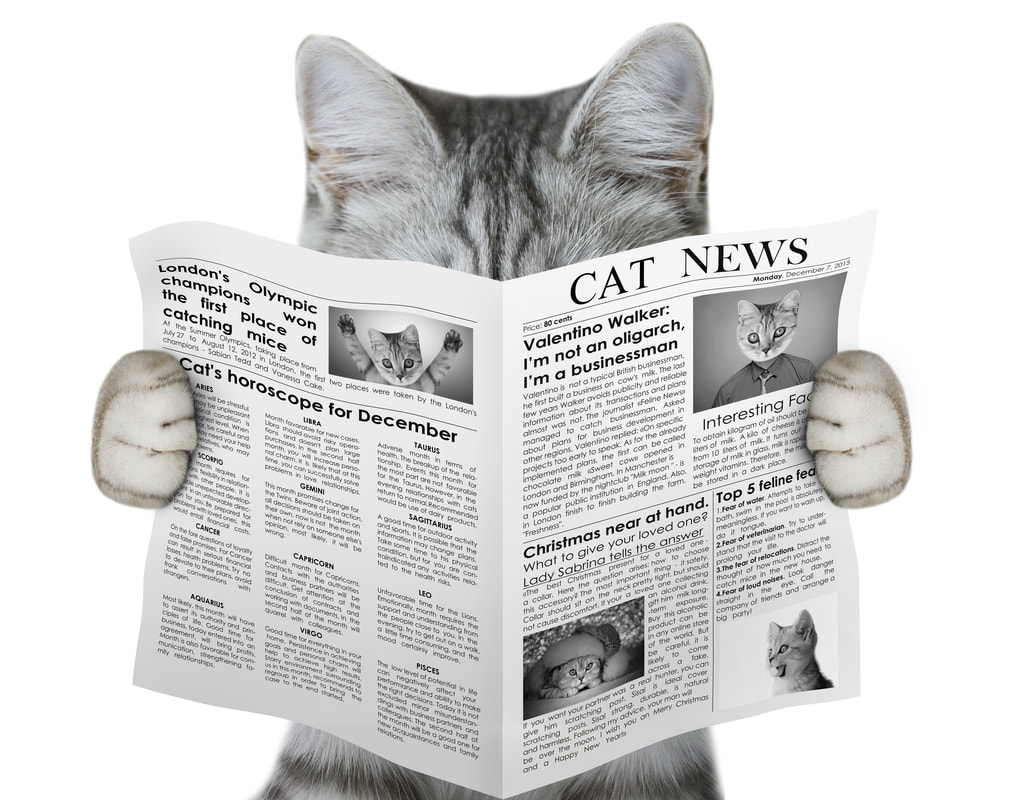






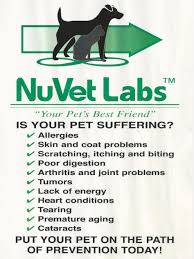

 RSS Feed
RSS Feed
